One of the more common causes of sciatica pain is a herniated or bulging disc. This condition is diagnosed via MRI and a comprehensive medical exam. Interestingly enough, there is a fair amount of herniated/bulging discs that are asymptomatic (without pain), here’s the article describing this finding. And this brings up the question on whether or not the pain is related to a herniated disc?
Let’s have a quick overview of what a spinal disc is. This structure is found between the vertebral bodies of your spine. It very similar to a jelly donut where there is a relatively solid like layer on the outside (called the annulus) and the jelly center (which is called the nucleus pulposus). The outer layer is formed of concentric rings, like an onion, and the jelly like center is like raw crabmeat (when we are younger) and dries out as we age. The water content is the greatest in the morning (after a full night sleep).
What do these discs do and how are they involved with pain like sciatica? The discs serve a few purposes: shock absorber, fulcrum of movement, and some spinal stability. When there is a herniation, the mechanics of the spine gets altered and can place undue stress on the surrounding tissues and nerves (I like to call it “inefficient movement”), some other cases is that the disc bulge itself is pressing out on a nearby nerve causing irritation.
There are 4 stages of a herniated disc. Protrusion which is when there is in fact a little bulge. Prolapse is where the jelly contents pushes a little further. Extrusion and sequestration are the last two stages of where there is an opening in the annulus and the contents of that jelly donut seep out of the disc. This sounds scary isn’t it?
Interestedly enough, there is a large percentage of people with these conditions, but can heal with conservative treatment (without surgery). It is theorized that the damaged discs may spontaneously be reabsorbed and heal through the normal healing process. Also, as said above, there is a fair amount of people with herniations/bulges/worse diagnosed via MRI without pain. Which brings up the question, is the disc the actual cause of pain? So here are some signs that can point to your pain being related to your herniated disc and not something else:
1) Have the least amount of pain when waking up in the morning. After spending 5-8 hours (I hope you get close to 8 hours of sleep), there is the highest amount of water content in the discs. The pain can get progressively worse throughout the day as bending and twisting can place even more stress on the discs (if not done properly). It is suggested that forward bending is not to be done within the first 1-2 hours upon waking due to the water content of the disc at this time of day.
*this is not to be confused with general body stiffness in the morning, which is often associated with arthritis. In which an arthritic spine will feel better with more movement as the day goes on.
2) If your pain increases with forward bending or sitting down. The jelly will move in the area of least pressure. Meaning that if your herniation is backward (and even out towards the side), forward bending and sitting (with a rounded posture) can increase the forces pushing on that herniated disc
3) If your pain feels better with a backward bend. So, if the disc pushes backwards, then theoretically a backward bend will push the contents of that disc back towards the middle. If your pain improves (decreases in intensity, size, or moves up closer to your spine), then a herniated disc could be the cause.
4) If your pain feels better with leaning towards the side of pain. Just like above with backward bending, this can further reduce the pressure on the nerves by the disc.
5) If laying down feels better. This will further reduce the strain on the disc and theoretically brings the water contents back in towards the middle.
The great news, is that regardless of the MRI diagnosis, the key to your recovery is focusing on a plan that is truly based on how you feel. I’ve said this many times that medical images do a fantastic job of finding cancers and fractures, but figuring out the cause of pain continues to be a challenge. If you can focus on doing more of the activities that make you feel better and avoid/modify the activities/positions that make you feel worse, you are miles closer to your recovery.
Tomorrow I’ll share with you some specific exercises that could help with a herniated disc.
If you can’t wait, check out our Sciatica Protocol (which we now have a free 3 day no risk trial) which can walk you through the same process that I go through with our private clients. Try it out for 3 days, and then only $9.99 per week after that. You can check it out here.
Also, I will be hosting an awesome (and free) webinar on how to manage your own sciatica pain without having to leave your house. It is taking place on February 15th at 7am PST. You can RSVP at this link. I hope to see you there!

